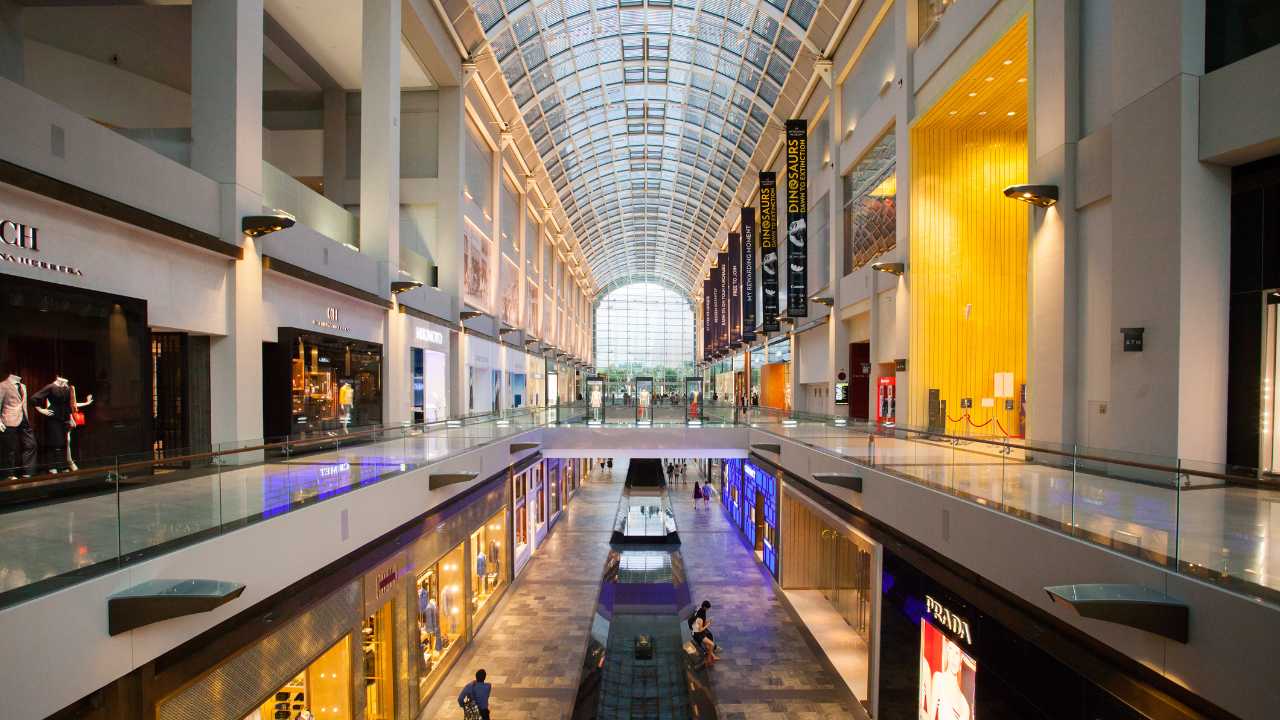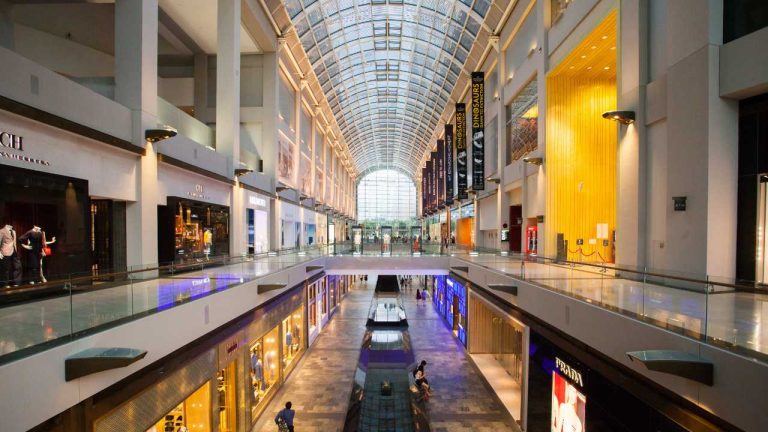The Importance of Lease Renewal Notifications: Preventing Vacancies
When owning, leasing, or managing a shopping centre, you want to reduce and remove the problem of vacancies. As leases end or pressures occur for some tenants, vacancies are a real problem that requires a strategic approach. It is, therefore, essential to have a lease renewal strategy and a tenant retention plan active.
Do you want to keep all tenants in the leased or managed property in the future? Probably not, so that is where the strategic approach is wise.
Occupancy strategies allow you to choose and move tenants around as situations allow. Over time, that can improve the property. In this changing property environment, lease management and tenant retention or selective placement are good.
It is interesting to note and observe that some retail property owners have minimal tenant mix optimisation and management processes. It seems that if a tenant can pay the rent, they leave the tenant in situ. What happens then?
Over time, shopping centres become degraded assets because nothing improves or changes for the customer base and income streams. When a shopping centre is poorly managed and leased, it becomes a distressed asset within five to ten years, and market rents fall.
Proactive shopping centre owners and centre managers understand the value of property improvement in underpinning rental growth and tenant integration into property performance.
So, there are some strategies to set and apply regarding lease renewal dates and lease terminations. Here are some ideas to help with that.

Agents Join Us Here
Let us give you more real estate ideas and solutions
If you are an agent or broker in commercial real estate, we would love to share our ideas and strategies to help your sales, leasing, and property management activity. Check it out.
1. SWOT Analysis of Tenant Mix
Do a complete SWOT analysis of the tenancy mix within the property and update it every 12 months. Some tenants will be stronger and more desirable for the future of a retail property than others.
Create a priority list regarding tenant types, locations, and occupancy quality. You will want to retain some tenants and or relocate or remove others when situations allow. A retail shopping centre becomes a strategic retail investment class improving over time through priority lease management.
2. Regular Contact with Tenants
Keep in contact with all tenants through a regular meeting process each quarter. In some busier shopping centres, meeting with tenants at least monthly will be necessary to control situations and changes within the property. Communication is essential when it comes to retail shopping centre performance and guidance.

3. Priority and VIP Tenants
Who are your priority tenants? Why is that so? Understanding your VIP tenants will help you make choices regarding occupancy and tenant optimisation.
You can then develop a leasing strategy for sitting tenants in occupancy, new tenants coming to the property, and incentives in each case.
4. Market Rentals Parity
Monitor and track the market rentals for the location and the property type. Compare your property market rentals to the other rentals in other properties. Look at occupancy pressures regarding business types, retailers, and customer sentiment.
As the retail tenancy base and property market change, so will the leasing and vacancy management strategies in any retail shopping centre. Expect you will get some shop vacancies, but develop strategies to fill those vacancies quickly or move tenants around as required. You could also create a short list of tenants from other properties that you believe would suit your property and relocate.
5. Lease Expiry Calendar
Create a lease expiry calendar that is forward-looking for 24 months. All tenants impacted by lease expiry dates or lease renewals during that time can be applied to the calendar, and strategies can be developed well before the date becomes critical.
Some tenants will be desirable for the customer base and the factors of customer attraction. Understand where those tenants should be located and how much space they should occupy. A tenant retention plan is a valuable strategy to apply across the entire tenancy mix in any shopping centre.

6. Anchor Tenant Priorities
Every shopping centre will have some anchor tenants, who are critical to customer attraction factors. Anchor tenants typically have longer-term leases, and lower rental rates apply to the larger occupancy size.
So, the questions to consider will be aligned with the anchor tenant’s suitability for the property in the future and their involvement in marketing and improving the property over time. Can the anchor tenant improve their customer attraction factors to the customer base, and if so, how will that be done?
Continual contact with anchor tenants is a wise strategy for improving and enhancing the shopping centre. Some anchor tenants will require more space, whilst others will require less space, which happens in this changing retail shopping centre environment.
Today, anchor tenant occupancy is expected to be repositioned or renegotiated to suit the shopping centre environment.
7. VIP tenants and Lease terms
Who are your VIP tenants? They are critical to customer attraction and property performance. Typically, they will receive attractive lease terms, rental structures, and positions within the property and its configuration. Protect your VIP tenants and the benefits they provide to the property and customer base.
8. Retail Merchandise Groups
Split your tenancy mix into merchandise groups, specialty tenants, anchor tenants, priority groups, and lease expiry or option dates. All of those elements become factors of the tenant retention plan and process. Keep your good tenants and ensure they are in the best shops or locations to foster customer interest and repeat or return sales.
9. Clustering of Tenancies
Finally, a tenant clustering strategy should be created across the tenancy mix so that complementary or like-type tenants can underpin the sales and customer attraction factors for each other.
Consider the zones of the shopping centre to ensure that the clustering of groups and tenants is working well for the customer base and the future of the property’s market rental.

Summary for Leasing Results
So, these factors are worth considering when it comes to structuring retention plans and lease renewal strategies for tenants in any shopping centre or larger investment property. These processes are strategic and forward-looking.
If you are a leasing manager, centre manager, or property owner, build your shop leasing strategies and tenant retention plans around these issues to underpin property performance. Renew the leases of the better tenants and find replacements well in advance for upcoming problem shop vacancies.







